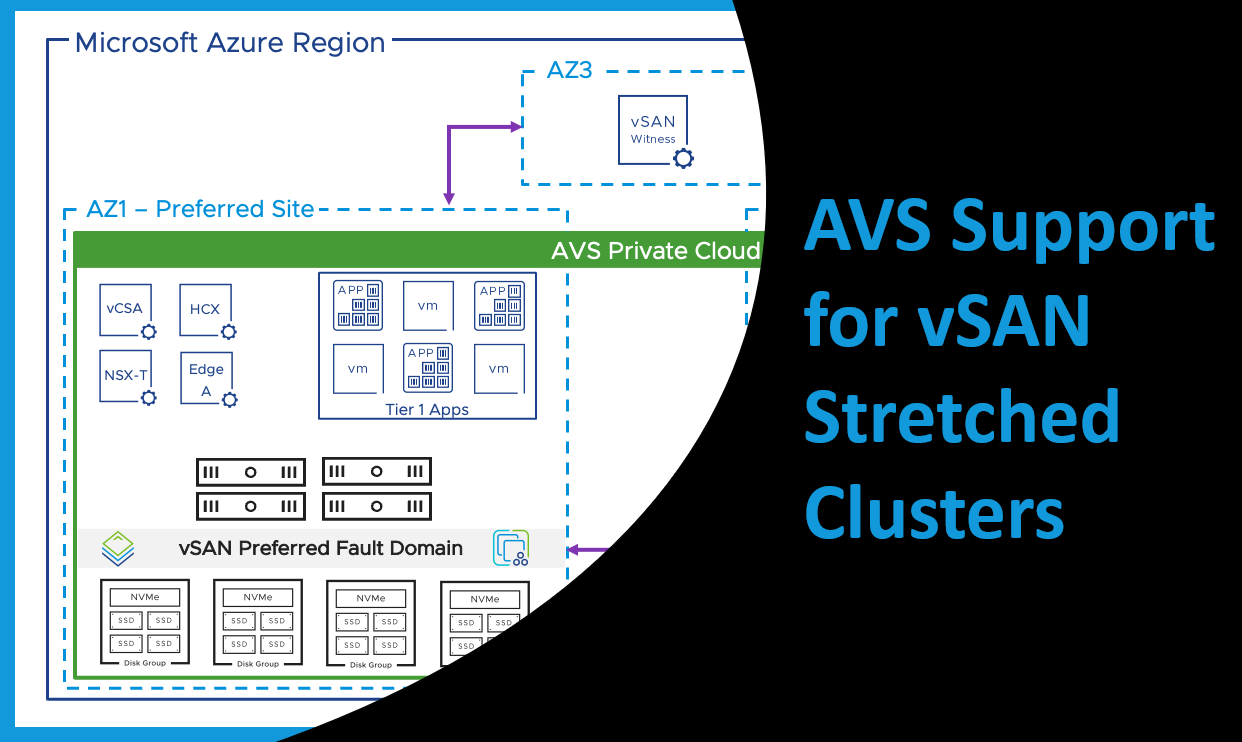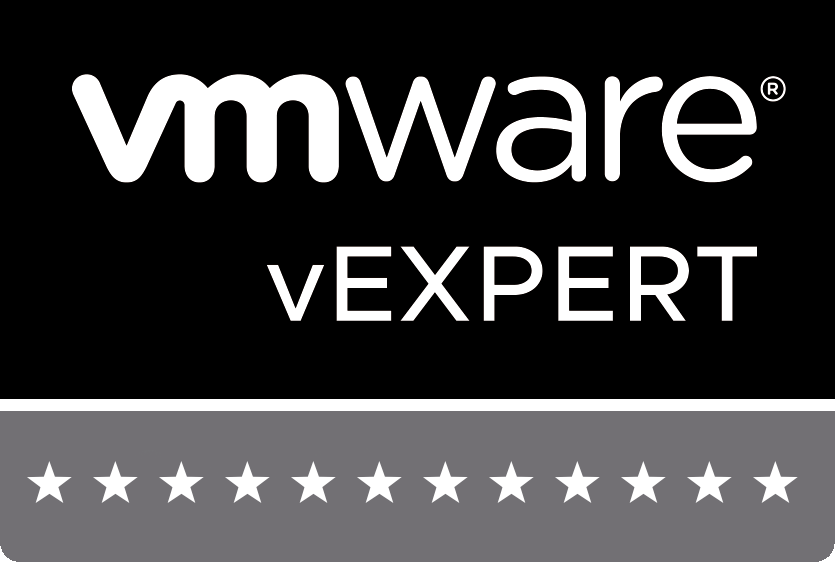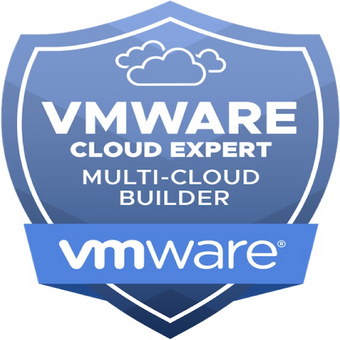|
As businesses increasingly lean on technology, the need for continuous availability of critical applications and data has become vital. The interruption of IT operations can cause substantial financial and reputational losses to an organization. Therefore, implementing a robust business continuity plan that ensures uninterrupted operation of critical applications and data, even during a disaster, is imperative. One of the key technologies that support this requirement is VMware vSAN Stretched Clusters, which provide high availability and protection for mission-critical applications and data. Recently, AVS (Azure VMware Solution) support for vSAN stretched clusters has been made generally available in several Azure regions, including West Europe, UK South, Germany West Central, and Australia East. The Power of Stretched ClustersA stretched cluster is configured by deploying an AVS private cloud across two availability zones (AZs) within the same region, with a vSAN witness placed in a third AZ. This witness constantly monitors all hosts within the cluster, serving as a quorum in the event of a split-brain scenario. With an even deployment of hosts within the private cloud across regions, the whole system operates as a single entity. Leveraging storage policy-based synchronous replication, data is replicated across AZs delivering a Recovery Point Objective (RPO) of zero. Thus, even if one AZ faces disruption due to an unforeseen event, the other AZ can continue operation, ensuring uninterrupted access to critical workloads. Availability and Protection with vSANEach AZ is divided into a preferred and secondary vSAN fault domain. Under normal conditions, Virtual Machines (VMs) will use storage policies configured for dual site mirroring as well as local failures, residing in the preferred fault domain. In case of a domain failure, vSAN powers off these VMs, and vSphere HA then powers on these VMs in the secondary fault domain. This flexibility allows administrators to apply a variety of different storage policies based on their specific requirements. Integrating vSAN Stretched Clusters into Business Continuity PlanningStretched clusters are indispensable for customers seeking business continuity, providing assurance that their operations will continue even in the face of a disaster. Industries such as finance, healthcare, and government, where the availability of critical applications and data is paramount, will particularly benefit. The technology not only offers high availability and easy management but also constitutes an efficient solution for disaster recovery. Therefore, vSAN Stretched Clusters should be considered a critical component of any business continuity plan. Hosts and CapacityCurrently, stretched clusters are only available for use with AV36 or AV36P, depending on the region they’re deployed in. Hosts must be deployed evenly across AZs within the region, with a minimum of 6 (3 per AZ) and a maximum of 16 (8 per AZ). BenefitsvSAN Stretched Clusters offer numerous benefits for organizations that need to ensure the high availability and protection of their mission-critical applications and data. Here are some of the key advantages:
Stretched Cluster LimitationsDespite the numerous benefits, there are some limitations to consider:
The benefits of vSAN Stretched Clusters undoubtedly cement their position as an essential component of a robust business continuity plan, particularly in vital sectors such as finance, healthcare, and government where constant access to data and applications is a necessity.
Also, vSAN Stretched Clusters have established themselves as a key part of business continuity frameworks, especially in significant industries like finance, healthcare, and government where uninterrupted data and application access is essential. The extensive reach of AVS support enables an ever-increasing number of businesses to leverage this technology, enhancing their capacity to ensure the uninterrupted availability of crucial applications and data. Despite this, it's vital to bear in mind that although stretched clusters increase protection and resilience, they don't constitute a universal solution for all failure incidents, making a solid DR strategy utterly necessary. With careful implementation and thorough planning, vSAN Stretched Clusters can form a significant pillar of your organization's business continuity strategy.
0 Comments
Your comment will be posted after it is approved.
Leave a Reply. |
RecognitionCategories
All
Archives
June 2024
|









 RSS Feed
RSS Feed